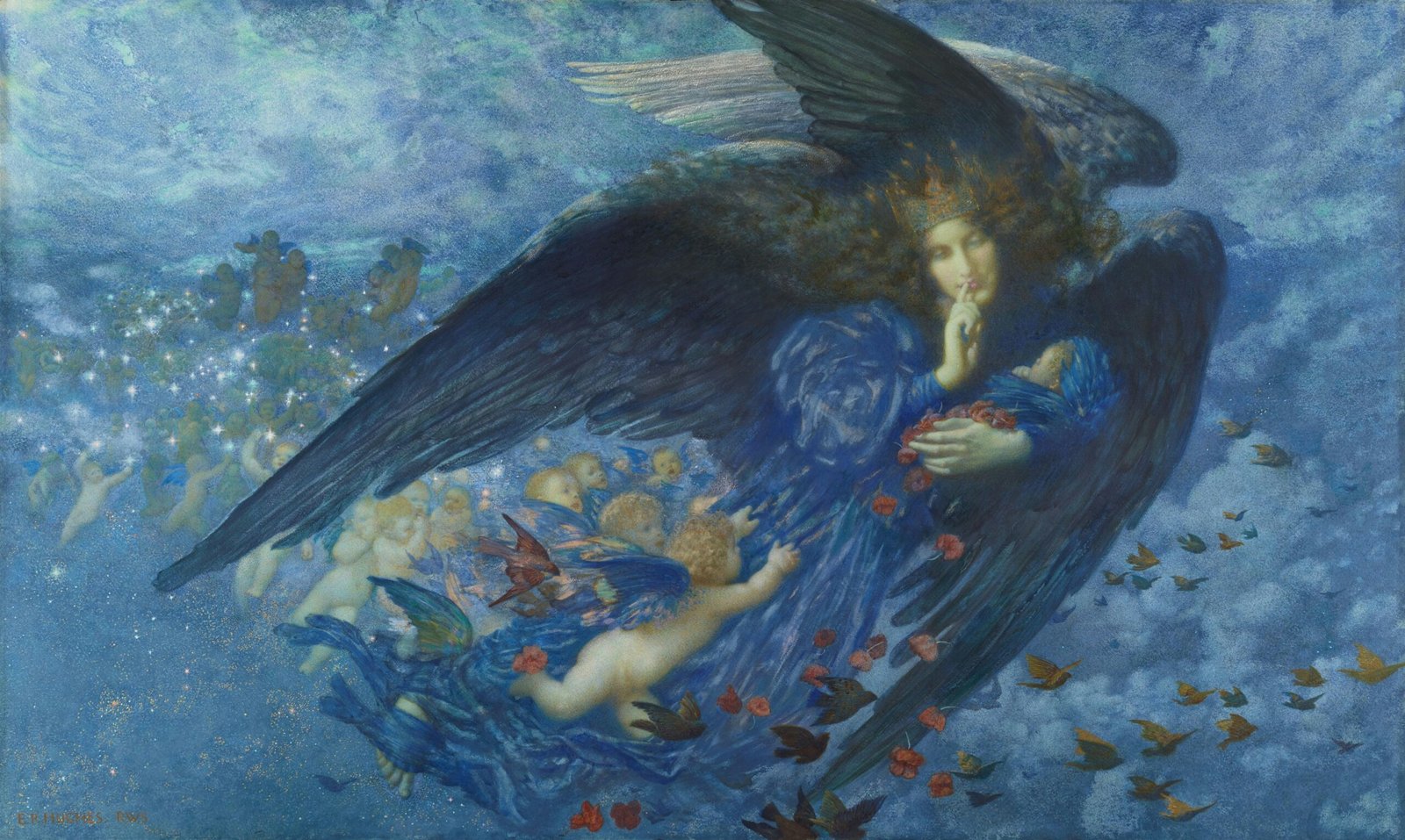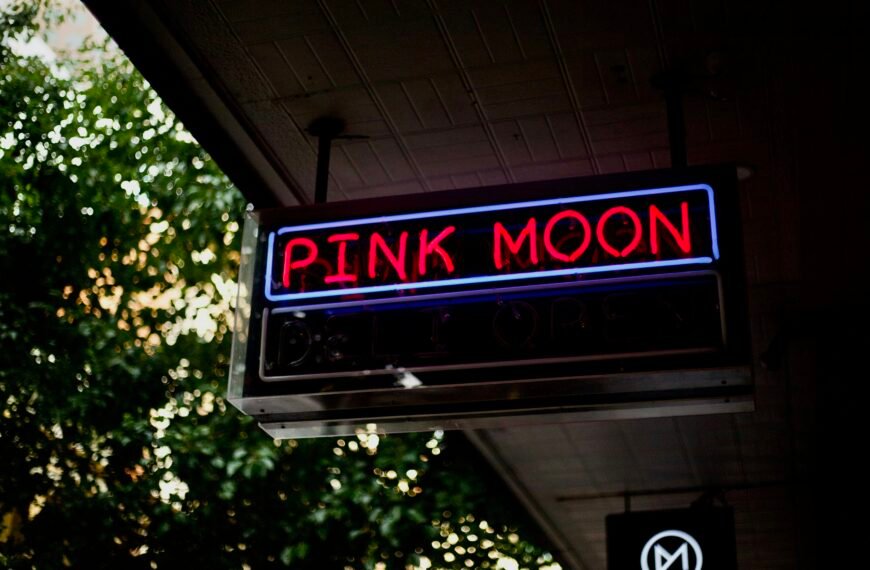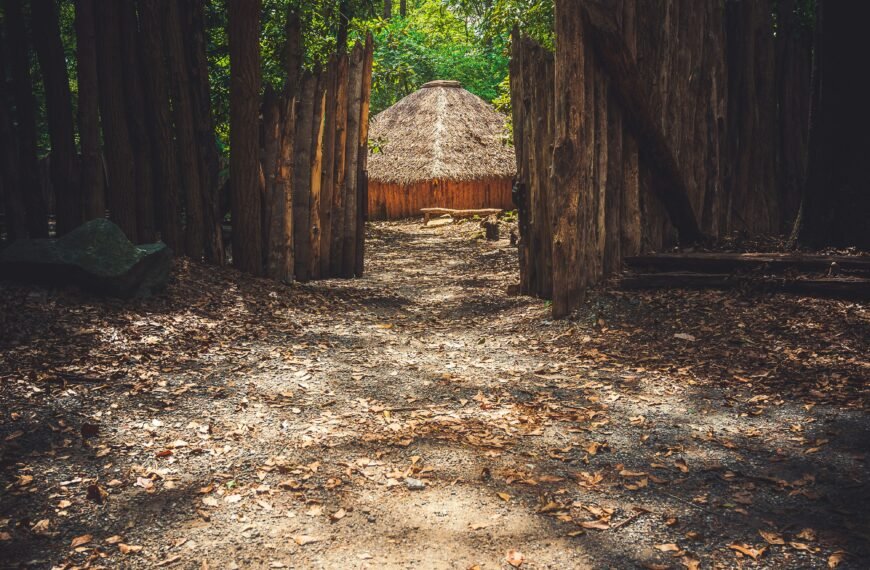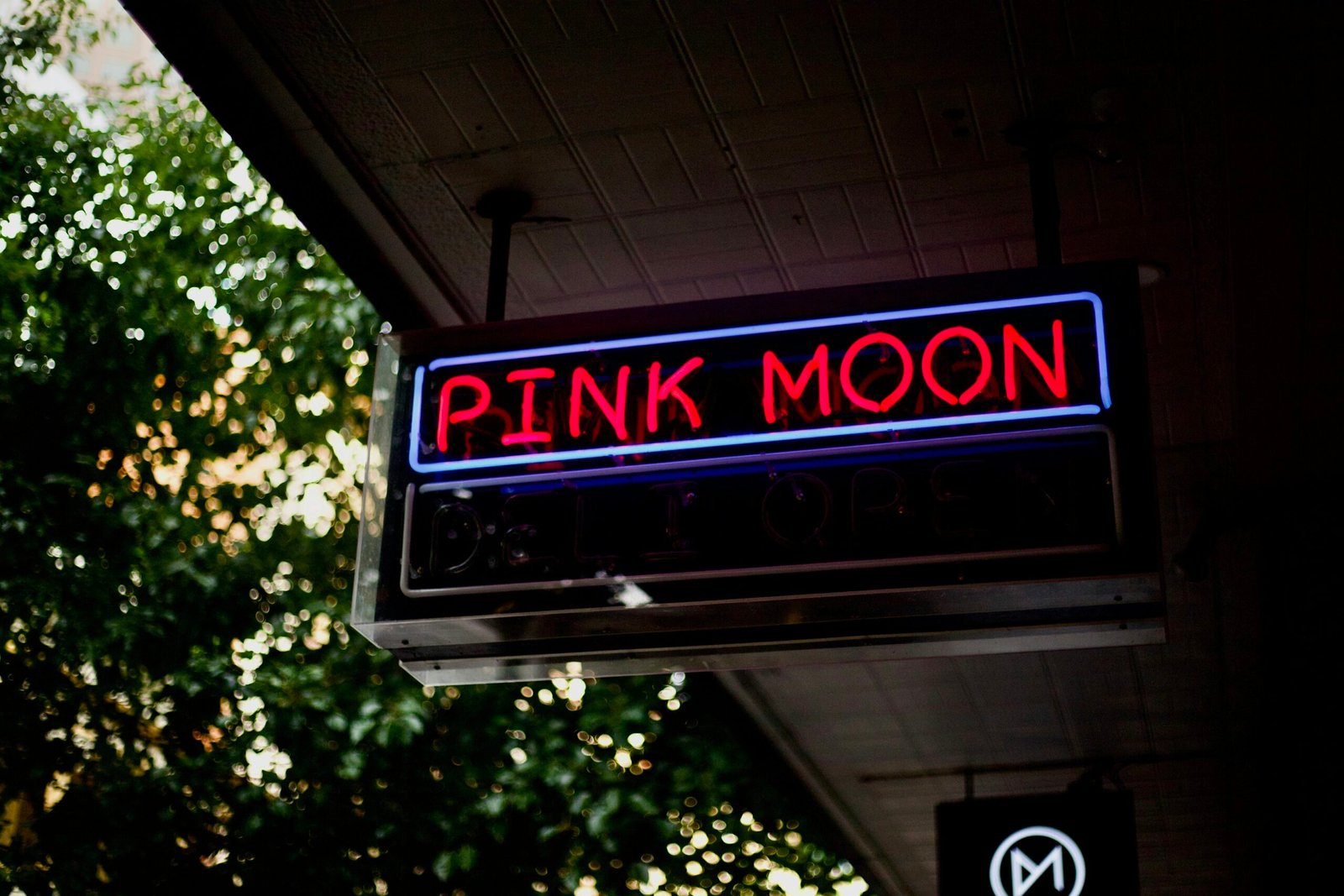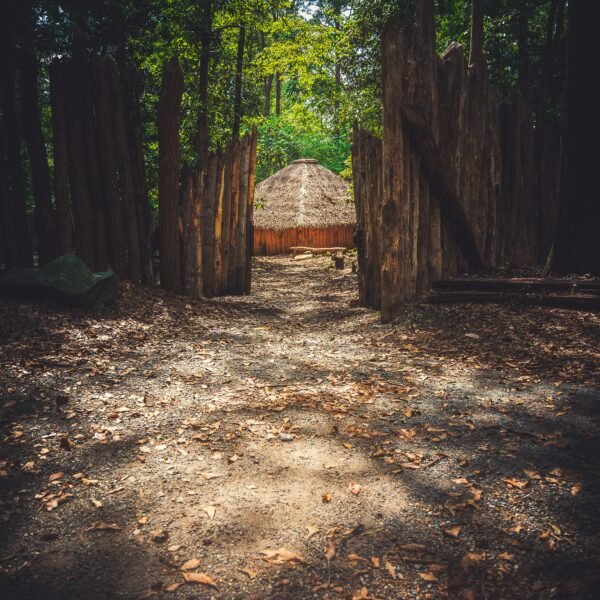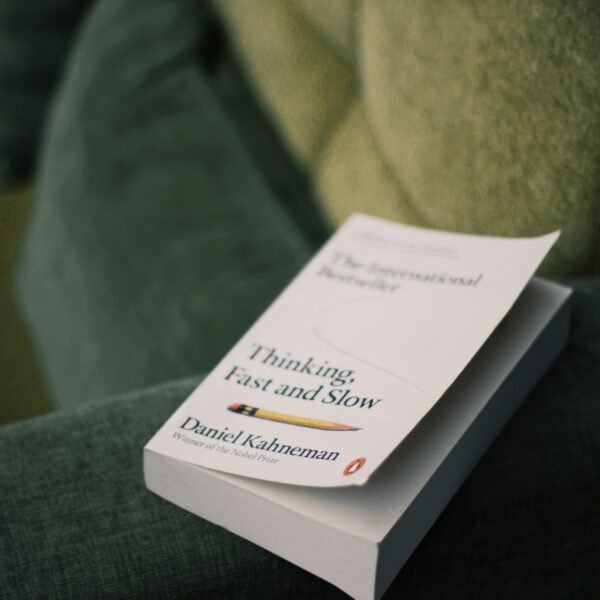Imagine walking through the halls of the Rubin Museum of Art, surrounded by the vibrant and captivating beauty of Asian art. For 20 years, this museum has served as a haven, showcasing a diverse collection of art from Himalayan Asia. However, now the unexpected news has arrived that the museum will be closing its doors for good. Financial challenges and accusations of displaying looted art have contributed to this decision, marking the first major art museum closure in recent memory in New York. As the museum prepares to navigate this transition, it aims to redefine what a museum can be in a rapidly changing world. The closure of a beloved institution sparks questions about the state of museums and the future of cultural organizations in a challenging time.

Rubin Museum of Art closing after 20 years
First major art museum in New York to close
The Rubin Museum of Art, located on West 17th Street in Manhattan, will be closing its doors after two decades of being a haven for Asian art. This closure marks a significant event in the art world, as it is the first major art museum in New York to shut down in recent memory. The museum’s closure has left many art professionals and enthusiasts shocked and saddened.
Financial challenges and accusations of displaying looted art
One of the main reasons that led to the closure of the Rubin Museum of Art is the financial challenges it faced. Like many cultural organizations, the museum struggled to secure funding and maintain its operations. This scarcity model of operating cultural organizations, which heavily relies on individual donors and corporations, has become increasingly extreme.
Additionally, the museum has faced accusations of displaying looted art, particularly religious objects that were taken from Asian countries. These allegations have sparked discussions about the ethical responsibilities of museums and the need for greater transparency regarding the provenance of exhibited artworks.
Closure date and transition plans
The Rubin Museum of Art is set to close on October 6th, marking the end of its last exhibition. However, the museum’s closure does not mean the end of its activities. Instead, the institution will transition to a skeleton crew that will focus on processing long-term loans, handling research inquiries, and assisting with fundraising efforts. Despite the museum’s closure, its commitment to preserving and promoting Himalayan art will continue in new and innovative ways.
Reasons for closure
Financial challenges faced by the museum
Maintaining a museum is an expensive endeavor, requiring significant financial resources for operating costs, exhibitions, and educational programs. Unfortunately, the Rubin Museum of Art struggled to secure the necessary funding to sustain its operations. The scarcity model of operating cultural organizations, which heavily relies on individual donors and corporations, has made it increasingly challenging for institutions like the Rubin Museum to thrive.
Accusations of displaying looted art
One of the controversies surrounding the Rubin Museum of Art is the accusation that it displayed looted art, particularly religious objects taken from Asian countries. These allegations have raised ethical concerns about the museum’s acquisition practices and the need for greater transparency regarding the provenance of exhibited artworks. The museum has faced scrutiny and criticism, which has contributed to its decision to close.
Impact of the Covid-19 pandemic on museums
The Covid-19 pandemic has had a devastating impact on museums and cultural institutions worldwide. The closure of the Rubin Museum of Art can be partially attributed to the financial strain caused by the pandemic. With the decline in visitors, restrictions on public gatherings, and the cancellation of events, museums have experienced a severe decrease in revenue. Many museums have been forced to make difficult decisions, such as job cuts and budget reductions, to cope with the financial challenges posed by the pandemic.

Evolution of the museum
Redefining what a museum can be
The closure of the Rubin Museum of Art does not signal the end of its mission. Instead, it signifies a new chapter in the museum’s evolution. As Noah Dorsky, the museum’s board president, stated, “The definition of what a museum is has evolved dramatically in recent years.” The museum aims to redefine itself and explore new ways of engaging with audiences, beyond the traditional physical space of a museum. This evolution reflects a broader trend in the art world, where institutions are reimagining their roles and embracing change.
Embracing continual change and evolution
Since its founding in 2004, the Rubin Museum of Art has embraced the idea of continual change and evolution. The museum has been dedicated to adapting to new perspectives, technologies, and artistic expressions. This commitment to embracing change has allowed the museum to stay relevant and dynamic throughout its 20-year history. The Rubin Museum’s closure is yet another step in its journey of transformation and growth.
Shocking closure of galleries
Unprecedented closure for a major museum in NYC
The closure of the Rubin Museum of Art has come as a shock to many museum professionals and art enthusiasts. It is the first major museum in New York City to close in recent memory, making it a significant event in the city’s art scene. The closure raises questions about the future of museums and the challenges they face in the current cultural landscape.
Cash crunch and job cuts in leading museums
The closure of the Rubin Museum of Art is not an isolated incident. Many leading museums across the country are facing a severe cash crunch as a result of the Covid-19 pandemic. The decline in revenue has forced institutions to make difficult decisions, including job cuts and budget reductions. The closure of the Rubin Museum serves as a reminder of the challenges faced by cultural organizations and the need for sustainable funding models.

Relinquishing all real estate
Uncommon step taken by Rubin Museum
In a surprising move, the Rubin Museum of Art has decided to relinquish all of its real estate. This decision marks a significant departure from the traditional model of museum ownership. By selling its building, the museum is enabling itself to explore new possibilities and operating models. The decision to let go of physical space emphasizes the museum’s commitment to redefining what a museum can be and embracing change.
Impact of the Covid-19 pandemic on museum real estate
The Covid-19 pandemic has had a profound impact on real estate markets worldwide, including those related to cultural institutions. Many museums have struggled to maintain their physical spaces due to the financial strain caused by the pandemic. The Rubin Museum’s decision to relinquish its real estate can be seen as a response to the challenges posed by the pandemic and a proactive step towards adapting to the changing landscape of cultural institutions.
Museum’s history and collection
Founding in 2004
The Rubin Museum of Art was founded in 2004 with the goal of preserving and promoting the art of Himalayan Asia. Since its inception, the museum has been dedicated to showcasing the diverse cultural heritage of the region, spanning over 1,500 years of history. Through its exhibitions, educational programs, and public events, the Rubin Museum has become a significant institution in the New York City art scene.
Collection of nearly 4,000 Himalayan art objects
Throughout its 20-year history, the Rubin Museum of Art has amassed a collection of nearly 4,000 Himalayan art objects. These artworks represent a wide range of mediums, styles, and historical periods, offering a comprehensive view of the rich artistic traditions of Himalayan Asia. The collection includes paintings, sculptures, textiles, and other significant cultural artifacts. While the physical space of the museum may be closing, the collection will continue to be preserved and celebrated through other means.
Difficulty faced by institutions
Financial challenges for cultural organizations in the US
Cultural organizations in the United States face significant financial challenges, with many struggling to secure stable funding. This scarcity model of operating, heavily reliant on individual donors and corporations, has become increasingly extreme. The closure of the Rubin Museum of Art is a stark reminder of the financial difficulties faced by cultural organizations and the need for sustainable funding models to ensure their long-term viability.
Reliance on individual donors and corporations
The funding landscape for cultural organizations in the United States heavily relies on individual donors and corporations. While these sources of funding can provide crucial support, they also introduce challenges and uncertainties. The Rubin Museum’s closure highlights the risks associated with this funding model and the importance of diversifying revenue streams to ensure financial stability.
Verification of access
Patiently waiting for access verification
Thank you for patiently waiting while we verify your access to the full content of the article. Our team is working diligently to confirm your authorization, and we appreciate your understanding. We strive to provide the best possible experience for our readers, and your patience is greatly appreciated.
Options for accessing the full article
While waiting for access verification, there are several options for accessing the full article. Subscribing to The New York Times provides unlimited access to not only this article but also a wealth of high-quality journalism. With a subscription, you can stay informed and enjoy in-depth articles on a wide range of topics. Additionally, if you are already a subscriber, logging in to your Times account grants you immediate access to the full content.
Subscriber benefits
Log in to access the full article
If you are already a subscriber of The New York Times, logging in to your Times account will grant you immediate access to the full content of the article. As a subscriber, you enjoy the benefits of unlimited access to our comprehensive journalism, along with exclusive features and interactive content. Logging in takes just a few moments and provides you with a wealth of information at your fingertips.
Subscription options for full access to The Times
Subscribing to The New York Times offers you the opportunity to access not only this article but also a vast range of high-quality journalism. Our subscriptions provide you with unlimited access to our comprehensive coverage, including articles, interactive features, and exclusive content. With different subscription options available, you can choose the plan that best suits your needs and stay informed about the topics that matter to you most.
Site information and support
Contact information for The New York Times
We value your feedback and are always here to assist you. If you have any questions, concerns, or suggestions, please feel free to reach out to us. You can contact The New York Times through our customer support channels, where our dedicated team is ready to assist you. Your satisfaction is our top priority, and we are committed to providing you with the support you need.
Site navigation and support options
We understand that navigating our site and accessing our content can sometimes be challenging. To ensure a seamless experience, we have implemented various support options to assist you. Our site navigation is designed to be user-friendly, allowing you to easily find the information you are looking for. Additionally, we offer a range of support options, including tutorials, FAQs, and customer support channels, to help you with any issues you may encounter.

